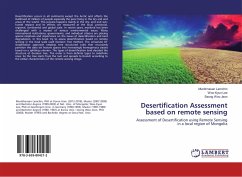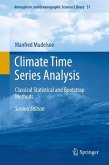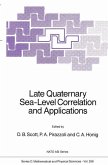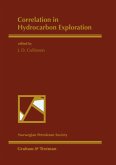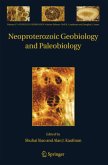Research work concerns the biozonation and correlation of Neoproterozoic Bhander Group of the Vindhyan Basin which is distributed in the Son as well as in the Chambal Valley. Carbonaceous megafossils, stromatolites, permineralized microfossils, algal mat textures have been systematically described and used in biozonation. Interbasinal and Intrabasinal correlation have been attempted on the basis of palaeontological data. Interbasinal correlation has been attempted between the Bhander Group (Son) and the Jodhpur Group of the Marwar Supergroup. Intrabsinal correlation has been attempted between the Bhander Group of the Son and Chambal Valley Section. In present study, ten biozones have been identified in the Bhander Group which is subcategorized under microbial mats, stromatolites, body fossils and microfossils. Till now, no Cambrian fossils have been reported from the Bhander Group and hence the Vindhyan Supergroup is Precambrian in age. The Maihar Sandstone of the Son Valley Section and the Jodhpur Sandstone of the Marwar Supergroup (the Trans-Aravalli Vindhyan) show the common occurrences of Ediacaran fossils, hence these can be correlated and suggested as an Ediacaran of age.


